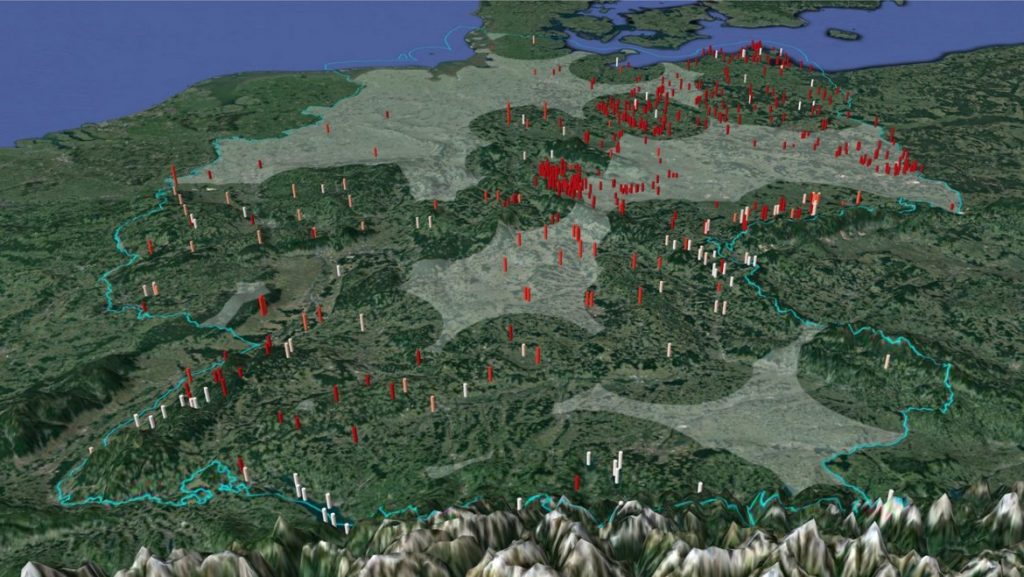GFZ Potsdam develops new heat flow database for Germany
A study done by GFZ Potsdam evaluates the quality of heat flow data in Germany and indicates a higher geothermal heat potential than previously known.
Scientists at the German Research Center for Geosciences Potsdam GFZ have created new heat flow maps for Germany, showing that the heat flow is, on average, 20 percent higher than previously thought. The new heat flow database and associated case study have been published.
A review done by the GFZ Potsdam team of the old heat flow data revealed were unusable based on the basic scientific criteria for documentation and methodological quality. Thus, there was a need to create a new database containing all heat flow data for Germany. The current database includes data from 595 locations, although the authors can only recommend 121 locations for future use.

“The new database is a significant improvement for exploration of the geothermal field in Germany and a strong contribution to the revision of the European heat flow data as part of the ongoing Global Heat Flow Data Assessment project,” said Sven Fuchs, Head of the Exploration of Thermal Geosystems Working Group.
The improved database forms the core of a new research data infrastructure that is being developed by GFZ scientists from the Geoenergy Section and the library and information services as part of the DFG-funded World Heat Flow Database project.
Despite the work done by GFZ Potsdam, there are still several regions in Germany that lack heat flow data, at least in the quality required by the study. These regions include north-western Germany, northern Saxony, southern Brandenburg, and Thuringia as well as parts of Bavaria.
In view of the drastically increased demand to use the underground for various geoenergy applications, we have to close these large data gaps in Germany as quickly as possible. These efforts will help to complete our picture of Germany’s geothermal resources,” said Sven Fuchs. The GFZ team is now preparing for a new heat flow measurement campaign for all of Germany to provide new heat flow data in regions without data.
Source: GFZ Potsdam and Bundesverband Geothermie


















